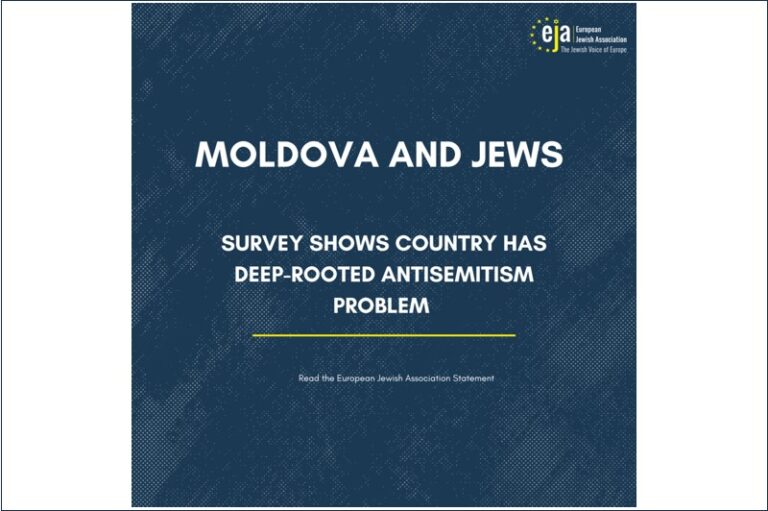The Study, (Hatescape: An in-depth analysis of extremism and hate speech on TikTok) from the Institute for Strategic Dialogue, a London-based think tank that studies extremism and misinformation, highlights the surprising ways that TikTok users advance antisemitic narratives on the video-sharing application, which was the most downloaded app in the world in 2020. Content creators use code words and numbers, duplicate accounts, misspelled hashtags and more to evade detection on the platform.
ISD’s Study relied on a sample of 1,030 videos, consisting of more than eight hours of content that promote hatred and glorify extremism and terrorism. The report is not representative, but rather meant to be a random sampling of how hate manifests on the platform. With no official platform for researchers, any research into extremist content on TikTok must be done manually, with videos hand-picked and viewed by real people.
The goal of the report, said author Ciarán O’Connor, is “to really just try to answer the question of, What does hate look like on TikTok, and how is the platform used? How are the features used, the hashtags, the music, the profile, the parts of the profile themselves, as opposed to [just the] videos?”
One area of focus is the video comments section, which may not be monitored as frequently or as rigorously as the clips themselves. ISD found one video that showed a clip of an ultra-Orthodox Jewish man dancing the hora, with the caption “These people sure make great dancers! For more make sure to look up ‘dancing Israelis,’” a reference to a widely debunked conspiracy theory about the September 11 terrorist attacks.
“They’re going to need a shower after all that dancing, I hear 1930’s Germany has some showers that are out of this world,” reads one comment on the video, referring to Nazi gas chambers. In response, the video’s creator wrote, “I’ve heard the showers are to die for.”
What makes TikTok so successful is its algorithm, which quickly learns the topics and types of videos users enjoy. But that also makes it hard for someone who is fed more mainstream videos to see the dangerous content on TikTok. “TikTok is a bit like a walled garden. You can go down different sides of TikTok without ever seeing other segments of the site,” O’Connor explained.
TikTok’s audience skews younger than most social media platforms. More than half of users in the U.S. are under 30. “Young minds are easier to influence,” said Hill. “Adults have their own life lessons that they can apply when they see things and interpret whether or not it is believable. It’s still a problem, but at least an adult has the ability to understand what’s being said could or could not be true.”
This demographic presents a particular challenge in the realm of antisemitism. Recent studies show that American young adults know very little about the Holocaust. A September 2020 survey commissioned by the Conference on Jewish Material Claims Against Germany found that 63% of millennials and Generation Z did not know that six million Jews were killed in the Holocaust, and 10% did not recall ever hearing the word “Holocaust” before. ISD found that antisemitism on TikTok manifested most frequently as Holocaust denial.
Source: isd global






